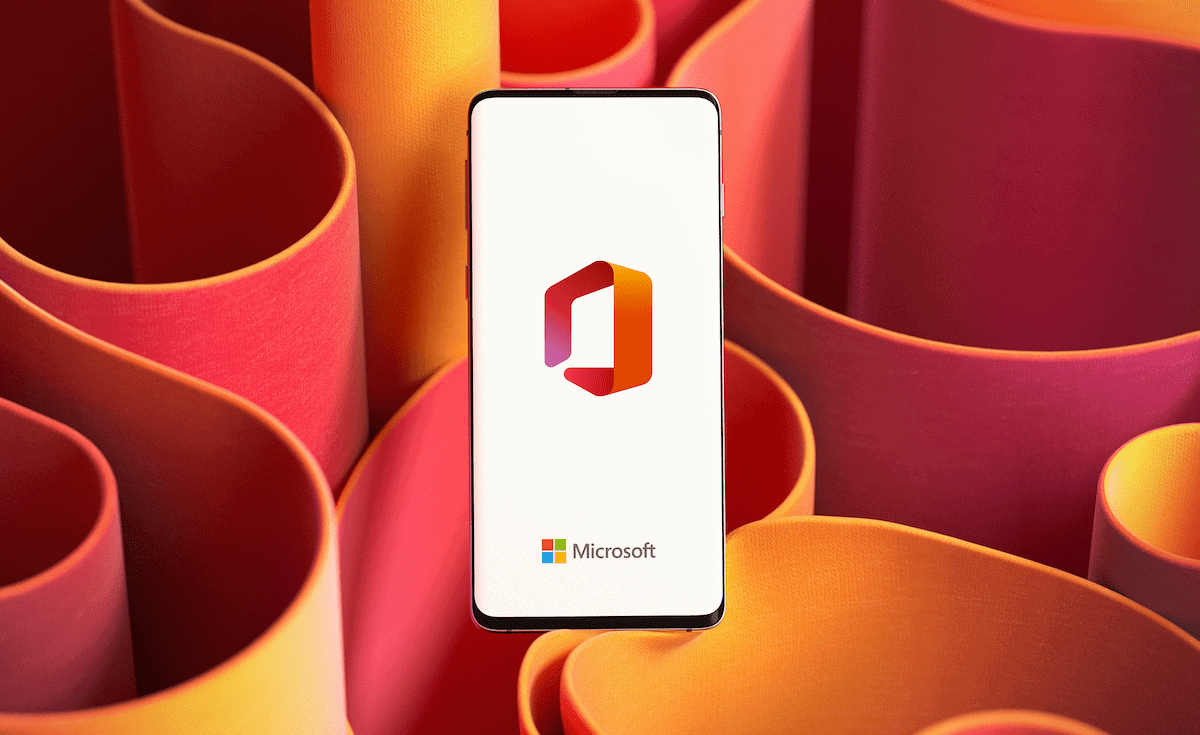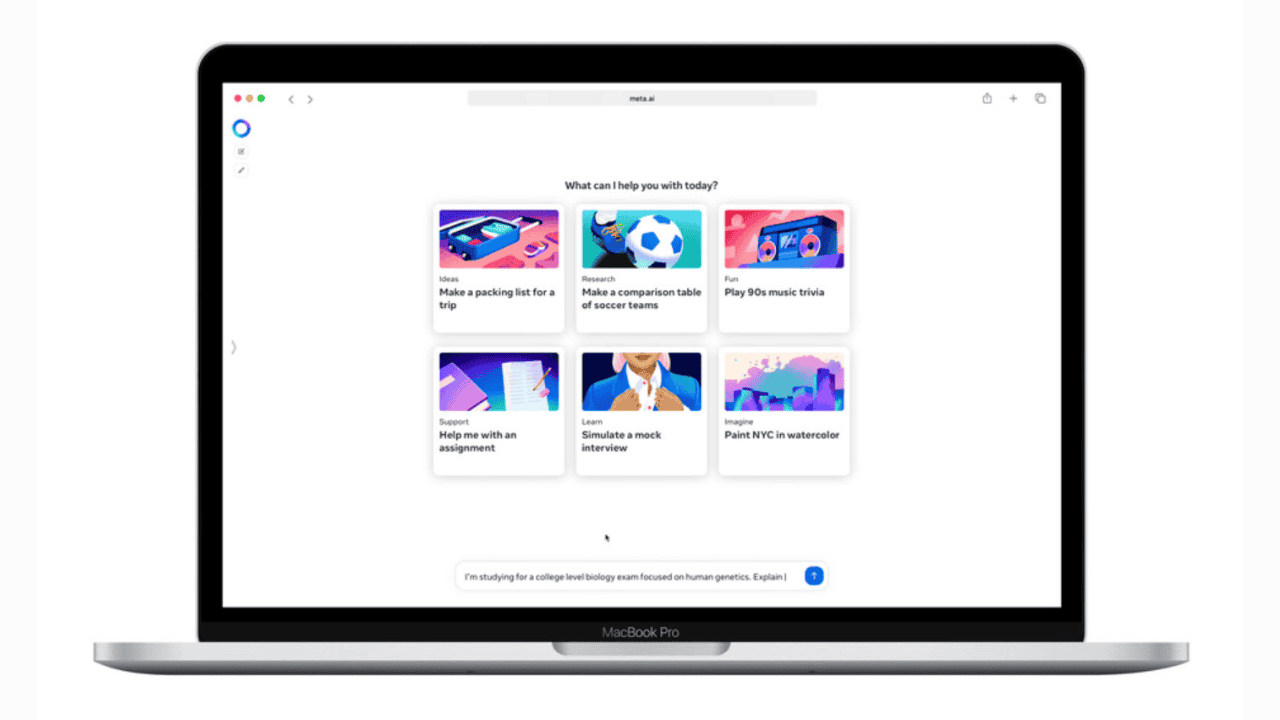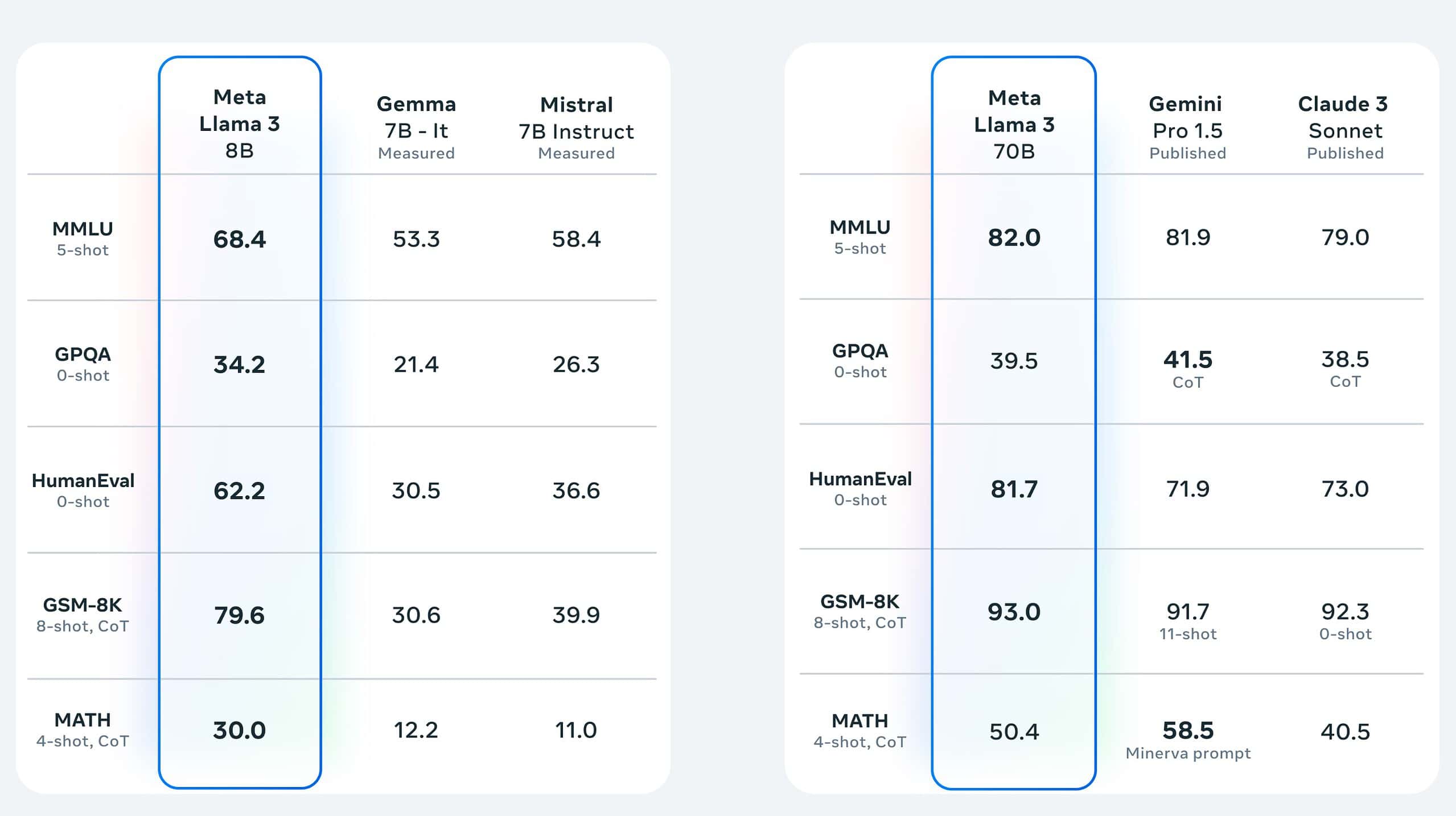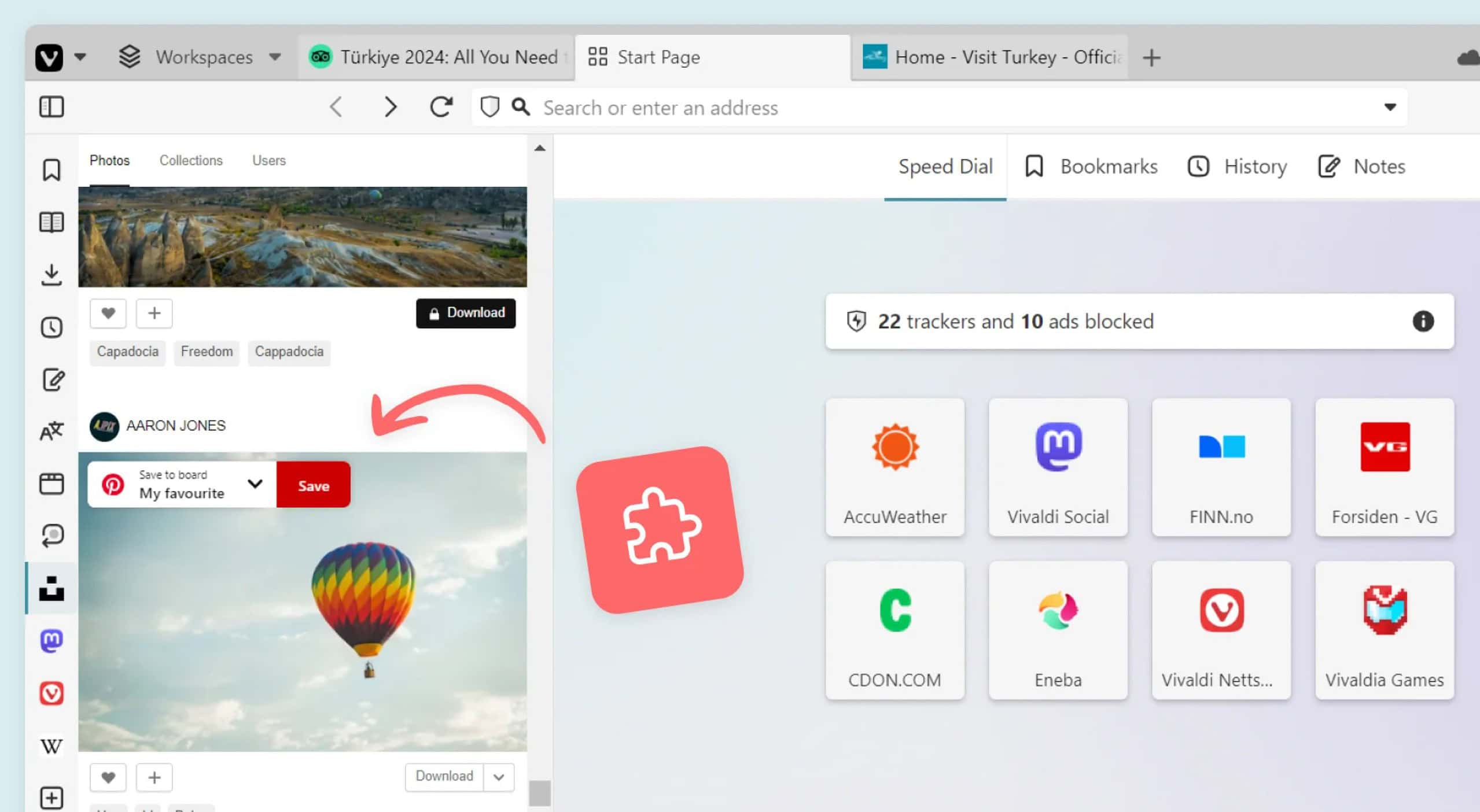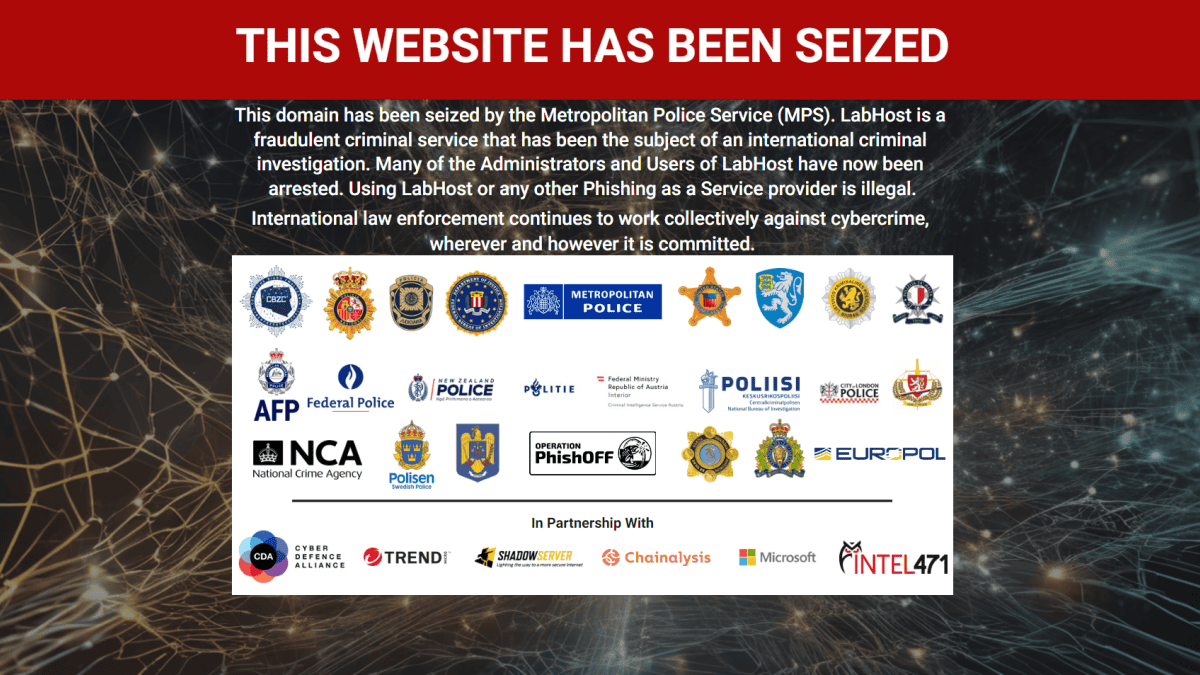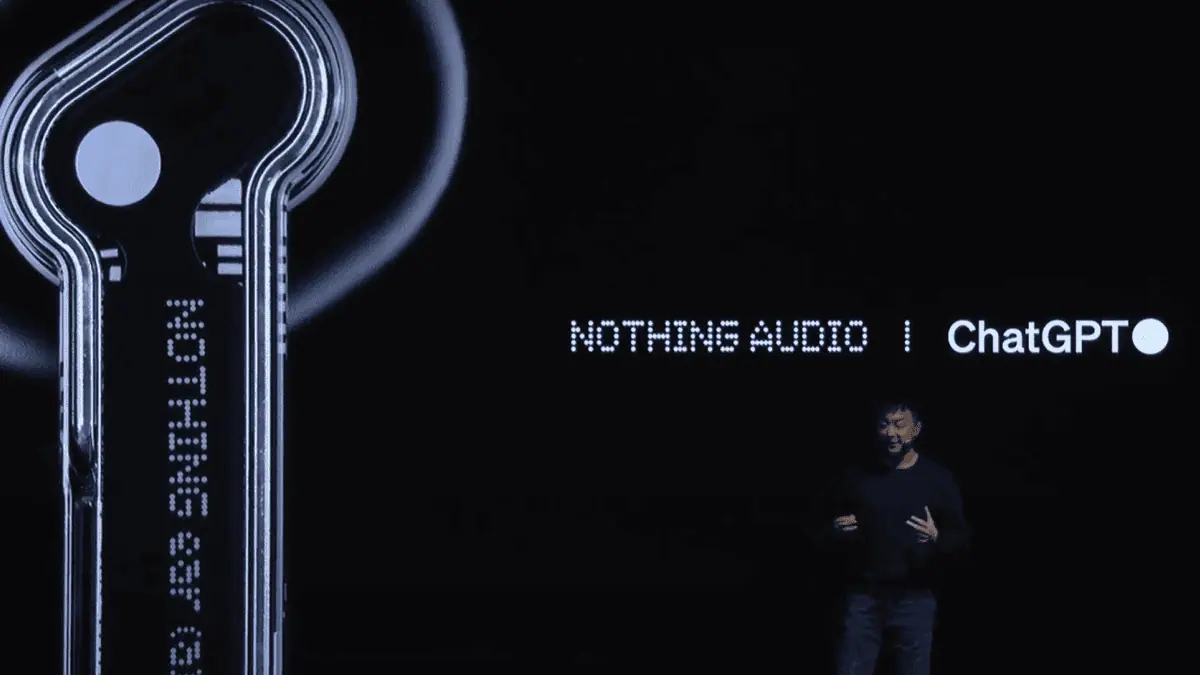Three things Microsoft needs to fix in Windows 10 Mobile immediately
5 min. read
Updated on
Read our disclosure page to find out how can you help MSPoweruser sustain the editorial team Read more
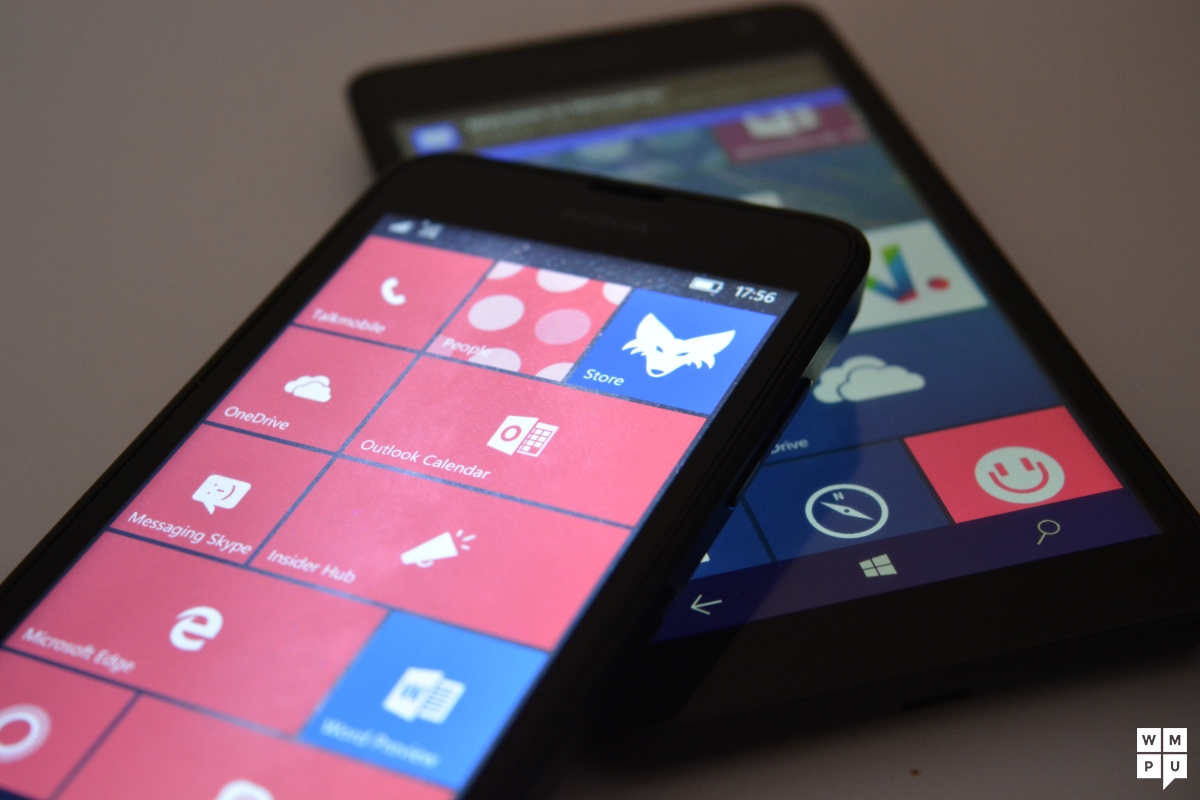
Microsoft’s Windows 10 Mobile is out in the wild in the form of the Lumia 950, 950 XL, 550 and some other third party devices in Japan, but it’s still not a perfect mobile OS yet. Microsoft is pushing the mantra of Windows as a service with frequent updates for all devices delivered at once, but fails to realise that for this to be appreciated, the service must first be solid with updates to add features. Windows 10 Mobile as it stands now is not solid and – aside from universal apps and their associated benefits – offers few user facing updates. In this respect it is similar to Windows Phone 8 as compared to Windows Phone 7.5, aside from all the stability and smoothness of the either of the two.
Skype and Messaging
Imagine if Apple announced iMessage for iOS devices, then proceeded to release the app for Android devices and then continually improve it on rival devices. 10 months later, Apple then launches flagship devices with a preview messaging app. It’s quite hard to imagine something so self-apparently suicidal, yet Microsoft did the exact same thing with Windows 10 and its Skype messaging app. I’ve gone off about Skype before, but then Windows 10 Mobile was in preview and not publicly available yet so it was yet impactful. Now, Microsoft is selling their flagship Windows Phone devices without a complete version of one of their flagship services Skype – it would be laughable if it weren’t so embarrassing. The other irritating thing about this is that Microsoft had an SMS and MMS client for most of the Windows 10 Mobile preview period that wasn’t integrated with Skype. This app was simple and did everything it needed to do. There was also a Skype preview app which did the same thing but had the Skype integration. It seemed logical for Microsoft to keep the two apps separate until the integration was ready, but Microsoft ultimately released updated the main messaging app to now be half-assed at SMS and Skype integration in terms of reliability.
Core UX
I had a few more issues around Windows 10 Mobile, but they all boiled down to one thing – the core user experience is severely lacking. When you compare Windows 10 Mobile to Windows Phone 8.1, Android Marshmallow or iOS 9, W10M sometimes comes off as very amateurish regarding things that shouldn’t even be an issue. Before Windows 10 Mobile, I hadn’t scrutinized combo-boxes and context menus (because who does that), after Windows 10 Mobile, I’m left wondering what happened to QA. There are so many little things like the boxes not extending the length of the screen, having janky animations etc. One specific thing that just annoys me is the outline that appears when you select a message in the messaging app. It doesn’t do anything bad, but it just look very amateurish like everything else in said app.
Windows Store and Coming Soon
Continuing on the topic of UX, the Windows Store app is horribly, horribly broken. Microsoft released an update that wiped out the ability to see all apps in your library and has yet to fix this bug that *somehow* made its way out of testing. The core Windows team have yet to ensure that features like background downloading and lockscreen images are possible in Windows Phone 8.1 for the Groove team. The start screen sometimes decides to just go off for a walk until you reboot. Cortana’s search functionality has been reduced to a web wrapper for Bing.com and I am left scratching my head as to why anyone thought any of these regression was a good idea.
My issue with Windows Phone 8.1 at its core was that Microsoft being able to update apps from the store meant that they could just ship broken apps like “Xbox Music” and patch them later. With Windows 10, Microsoft has upped the ante by shipping a broken OS and releasing patch updates to fix it, except this is INSANE. Just like Windows 10 on desktop, Microsoft has released what is essentially a beta, except unlike Windows 10 on Desktop, there are few redeeming features compared to other oses. To make matters work, those redeeming features are either buggy, don’t work as advertised, or a slightly worse version of a feature present in Windows Phone 8/8.1.
It should not be acceptable to release broken products just because software updates can fix it, it should not be acceptable to rely on the fact that you can fix it later to release broken products, and it certainly is not acceptable to sell £500 broken products with the idea that they can be fixed later. Furthermore, with Windows 10 Mobile, Microsoft has no excuse to release a single app with a feature that is not on Windows 10, to iOS and Android. Windows fans put up with that for a year because Microsoft implied that once Windows 10 was out, they would stop that behaviour. Unfortunately, MS seems to be revving up to continue, delivering offline files and other features to iOS’s OneDrive app, while Windows users are to wait for mid-2016.
I really, really want to like Windows 10 Mobile and Microsoft products, but Microsoft keeps making it harder everyday to rely on it as my primary mobile device.


